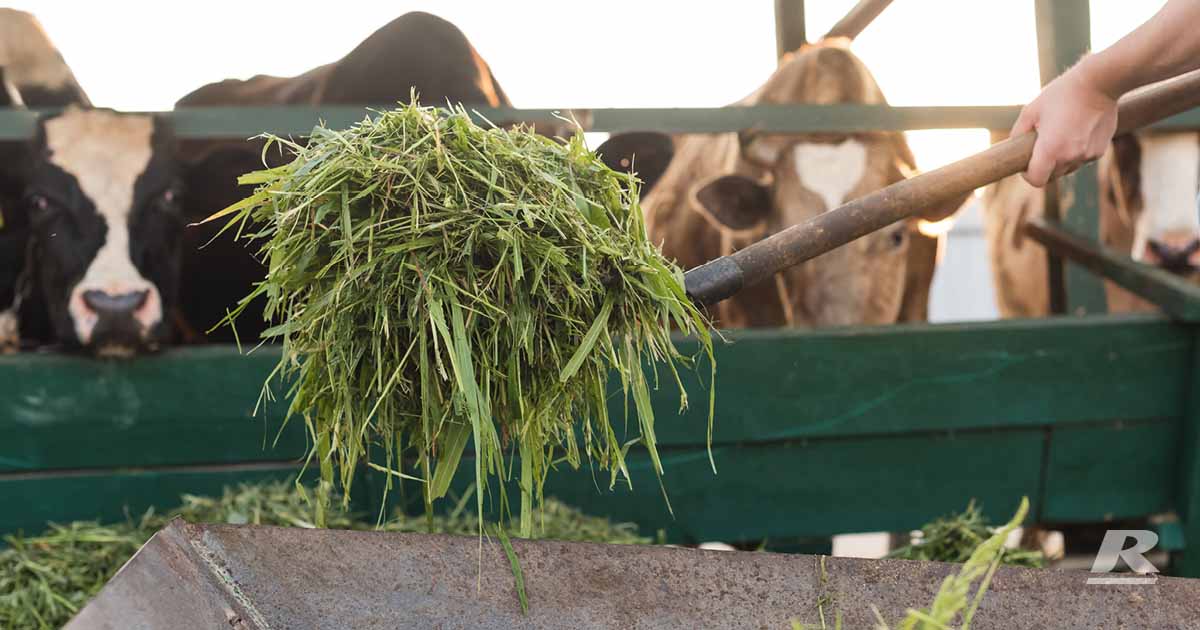Preparing Quality Silage
The main objective of making silage is to conserve nutrients from pasture or other forages as efficiently as possible to feed at a time where there is inadequate forage allowance or pasture quality. If done correctly, good quality silage is the most cost-effective feed source which supports both production and animal health.
Tips for making good silage:
1. Only lock up paddocks for silage that are surplus to requirements
Grazing is the first priority. Make sure to identify paddocks that are true surplus to herd requirements to prevent underfeeding now just to have reserved feed for later.
2. Target quality not bulk
Poor quality forage when harvesting doesn’t improve once baled or stacked and therefore results in poorer quality silage. Pastures that are chosen to be harvested for silage should be at the same stage of maturity as if feeding fresh to ensure optimum quality potential is targeted. Pastures should ideally be cut when they are at or near canopy closure. Allowing the pasture to ‘bulk up’ to increase the quantity of silage produced comes at the expense of quality in terms of higher fibre and therefore lower production potential.
3. Wilt and harvest forage as quickly as possible
Aim to have forage wilted and in the pit or bale within 24-48 hours if possible. The longer it takes for a mown forage to reach its target dry matter, the higher chance of quality and dry matter losses.
4. Chop forage into short lengths before ensiling
The ideal chop length is 1 to 3cm. Having the forage chopped into shorter lengths results in better compaction and therefore less air to be trapped resulting in better quality silage. Another potential benefit of a reduced chop length is increased intake by the animal.
5. Attempt to remove as much oxygen as possible.
The process of creating silage is the preservation of a forage based on fermentation under anaerobic conditions (no air) and therefore air is the biggest enemy of silage. Aim to compact the forage as tightly as possible. For stacks: chop forage into short lengths, spread forage into layers no more than 15cm, roll slowly to use the tractor weight to compact the stack, roll immediately after harvest and ensure rolling equipment can keep up with forage delivery. For bales: set the baler density as dense as possible and bale slowly to increase bale density.
6. Cover/wrap thoroughly to prevent oxygen re-entering.
Good quality silage needs to be thoroughly compacted and sealed from air. If not, the fermentation process won’t occur properly and the quality of the silage will decline. Additionally, unwanted bacteria, mould and yeasts can grow and also inhibit the silage quality. Maintain airtight coverage of a minimum of 6 weeks to allow fermentation to occur until ready to use. For stacks ensure to thoroughly seal stacks and not just cover them. For bales, target a minimum of four layers of film applied all over the bale
How can Reid Stockfeeds assist?
- Customer’s may be entitled to a complimentary feed test, talk to your Reid’s nutritionist today to discuss further
- Your account manager will work with the customer to understand the feed test and design a ration to compliment the feed being offered on farm
For tailored guidance on enhancing your herd’s nutrition and management practices, turn to the specialists at Reid Stockfeeds. Contact us today to discover our extensive selection of high-quality feed options and explore customised solutions designed to meet your farm’s unique needs. Call 1300 REID FEED or enquire here >
 Author
Author
Christine Harris
Sales & Nutrition Account Manager

 Author
Author